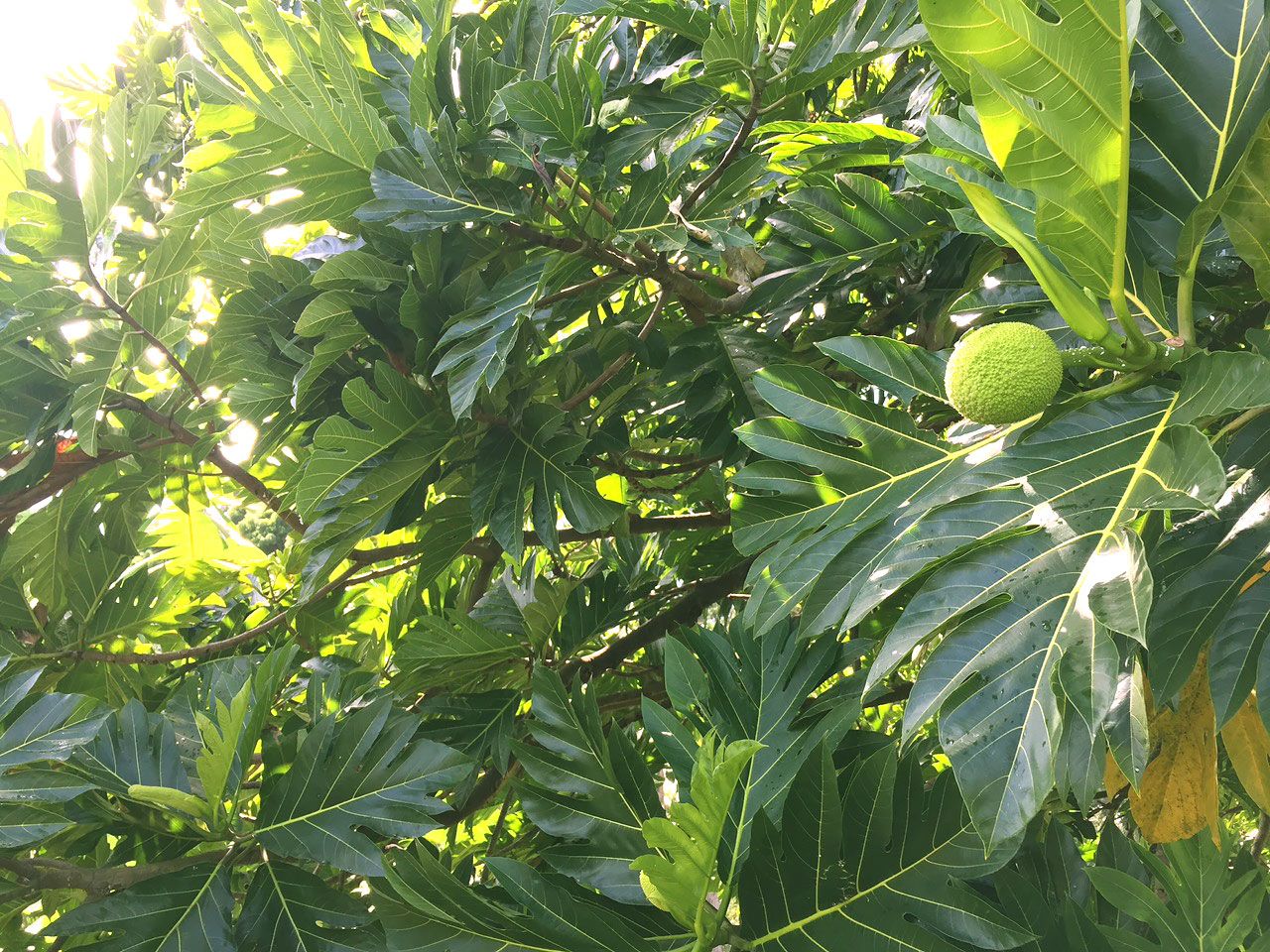On ʻIewe
An interview with Kalehua Krug
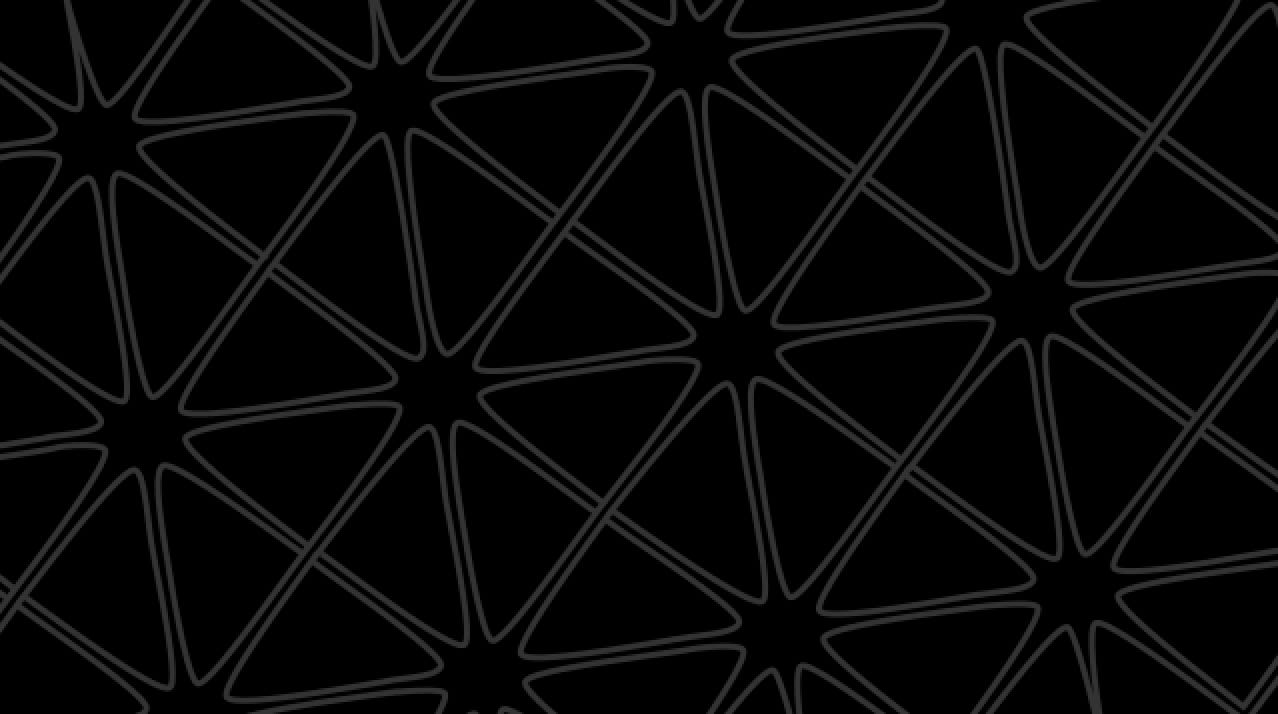
Last year, us co-founders of Kealopiko worked with Native Hawaiian Legal Corporation as our Makamaka collaborators for 2018 and ʻiewe (placenta and afterbirth) is one of the things we chose to design for. As soon as we started, I felt very strongly that this was a subject of great importance and significance. I had a huge desire to talk, in Hawaiian, with experts on this topic. That prompted me to seek out Kalehua Krug and ask him to chat with me. The kind gentleman that he is, he agreed. He was incredibly generous in his sharing of knowledge and his patience with all my questions. Below is our conversation on ʻiewe, the child’s first nourishing foundation and the foundation of our earthly lives. The wisdom of our kūpuna brings us life. May we prosper!
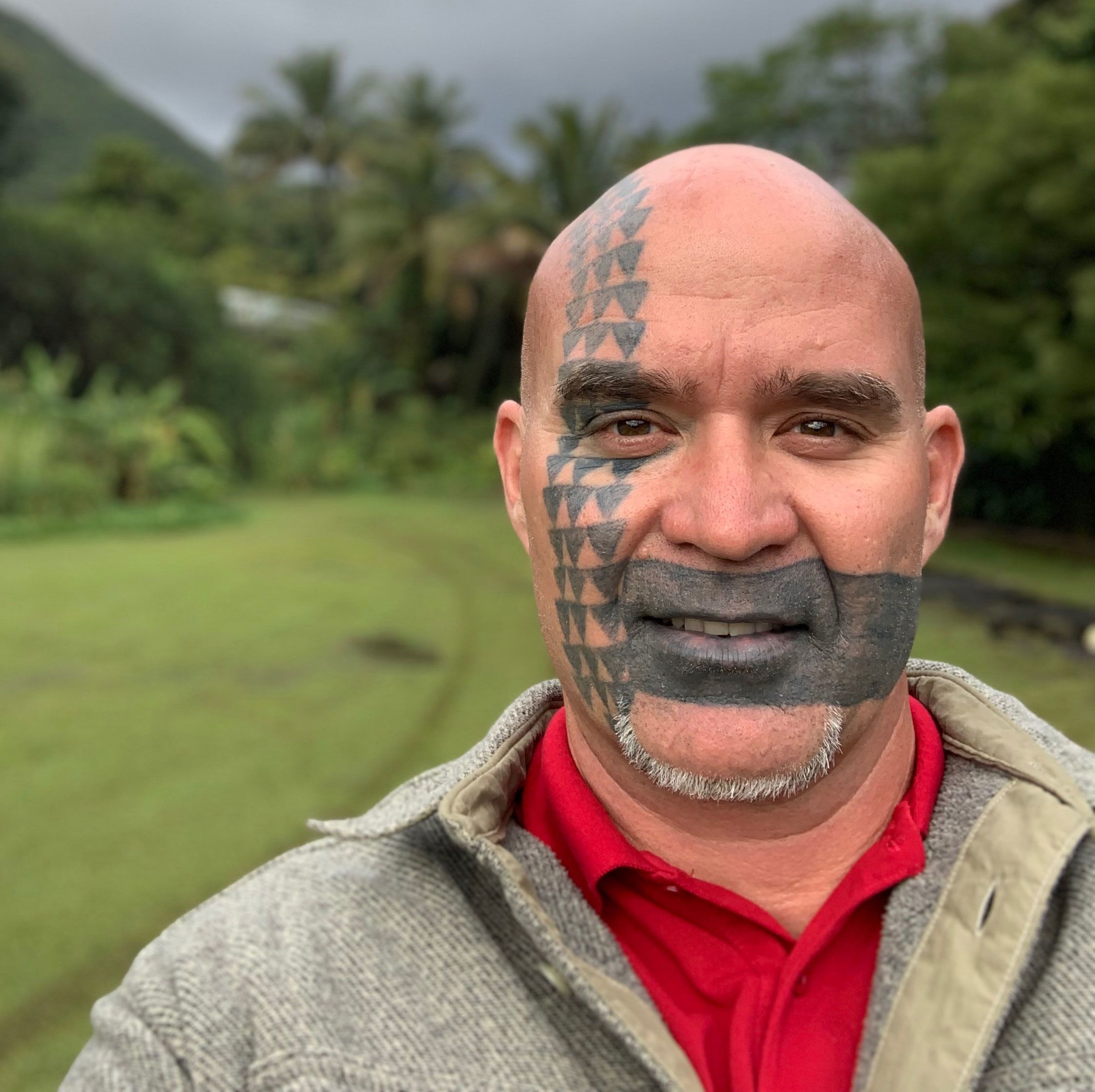
Translated into English from the original interview in Hawaiian.
H: When a child is growing in its mother’s belly, its ʻiewe grows along with it. What are your thoughts about this time?
K: Have you heard about it being called a honua (foundation, land, earth, world)?
H: Yes.
K: So, that is the child’s honua, it’s place of safety inside of the mother, and from her flow all the things it needs to survive––food, water, love, everything. Nourishing the child begins when it is in its mother’s womb, so that honua is like this honua. That’s why it is taken and returned to the child’s new honua here.
H: It seems like a child is still close to its kūpuna while it is in the womb.
K: I think that’s one of the reasons to kanu (bury, plant) the ʻiewe. Because this world is connected to the kūpuna as well. Our source (pō) and this earthly existence (ao), they are different realms. Another aspect of handling the ʻiewe after birth is that when it comes out it is closely observed so as to see signs and omens that help one to predict things about the child from that point on. Just as we can see these signs in the ʻiewe, we can also see them in our environment. This world is full of signs about the life and health of the child. I think it’s about giving over that role of care and transferring the life energy. The role of the child’s honua while it is inside its mother’s womb is the same as the role of this honua. So, to carelessly throw out that honua is like throwing out this one, and life is reduced to rubbish. Through the process of kanu ʻiewe, it’s like the consciousness of the ʻiewe––it has consciousness, because it’s a honua and the honua has consciousness––is transferred, through burial, into this new honua of the child. So it’s a kind of transference of life energy, and a change of state, from one generation and one honua to another.
So it’s a kind of transference of life energy, and a change of state, from one generation and one world to another.
H: How does one observe the ʻiewe of a child to look for signs?
K: These days we are not allowed to take the ʻiewe to clean it in front of others right after it has come out, but later on it can be washed and looked at closely. For my kids, I was able to observe their ʻiewe. I do not know all of the signs to look for, but I was told about the veins on the surface and was taught some different things. There was an elder in Kahana who, sadly, has now passed, but when I spent time with him he told me that the ʻiewe was massaged and palpitated and if a flaw was detected, then the ʻiewe was corrected for the wellbeing of the child. So, in that process of looking for signs, one closely observes to see them and if a problem is discovered, then the ʻiewe is massaged and the veins are moved into the proper place in order to further the health of the child, to set things right before he or she is grown. That is not recorded anywhere. It’s something I sought from the mouth of that person who was raised in Kahana valley. That is not from me. It came from him.
H: What are the various things our kūpuna did in caring for ʻiewe?
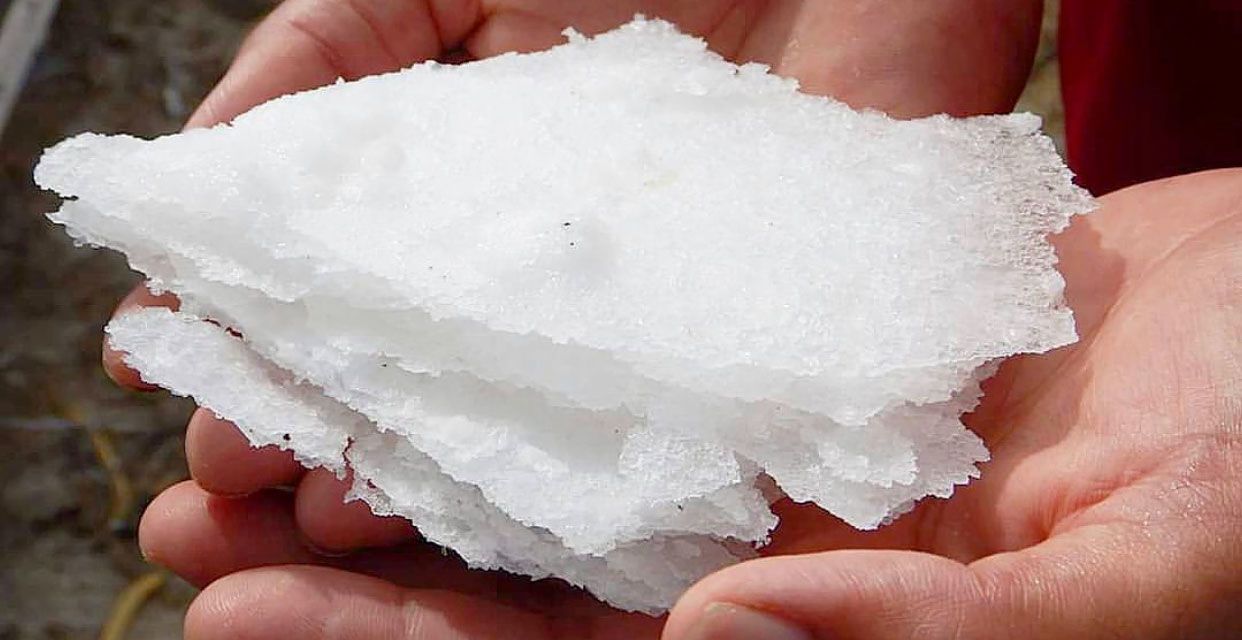
K: What I have heard and learned is that an ʻiewe was cleaned, observed for signs, massaged and then sprinkled with salt and dried. When it was buried, it was buried dried. That’s how it was cared for. Some accounts are like that. Salt is a type of spiritual cleanser for if a person is going to bury the ʻiewe. I think the thing that is widespread now is to clean and bury the ʻiewe right after birth.


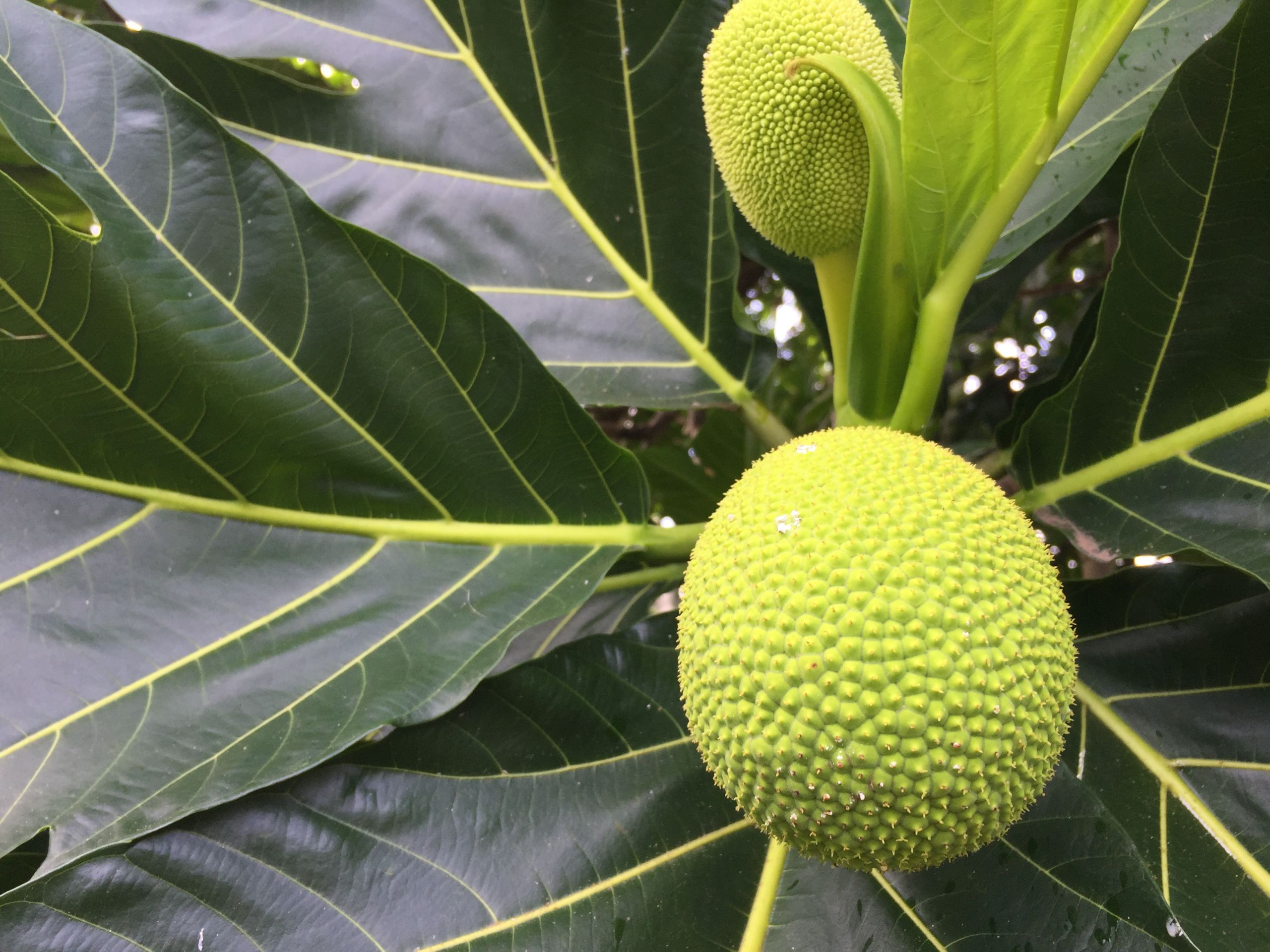
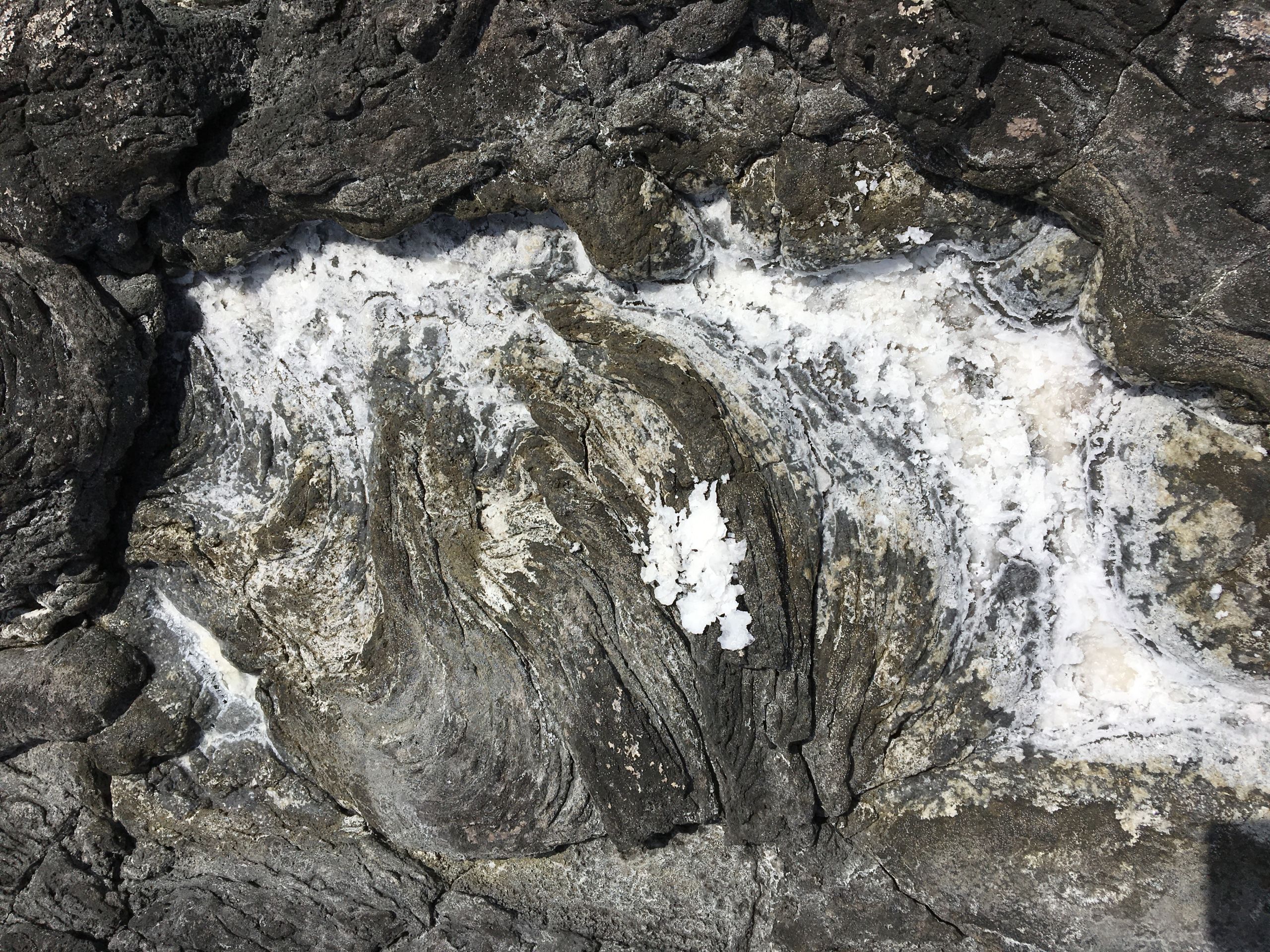
H: H: So, some people choose to dry them and others just take them and bury them straight away?
K: Yep.
H: Was the common practice to take the ʻiewe to the ocean and clean it there?
K: Yes, if one was close to the ocean. If they were not, then it was cleaned with fresh water. It depended on where a woman gave birth.
H: So, if the ʻiewe is dried, then it is kept for a while and then buried?
K: How it dries is observed––its shape, the way it moves.
H: There are additional signs observed in that process?
K: Yes.
H: When the ʻiewe was buried, was it wrapped in something or just put directly into the earth?
K: I have heard that it was wrapped in white kapa. In times before, at a birth, a lot of kapa was used to catch the child and wrap it up, and all that kapa would have blood on it. So it was all buried with the ʻiewe. All of it. All of those things were planted under a tree.
H: What kinds of trees were planted on ʻiewe in prior times?
K: ʻUlu. That is all I have heard about. But if it was a warrior child, then koa, kauila, ʻōhiʻa. Those types of trees are for strength. But most of the people I learned about this from, they chose ʻulu. Some people today choose trees with flowers, because the flower is a symbol for a child, but traditionally I think it was ʻulu.
H: Were these various activities of handling and caring for the ʻiewe done at night or during the daytime?
K: It depended on the family and the intention. When the sun is directly overhead is a very powerful time. But some families would wake in the night and only do certain tasks then. Like planting bananas. However, that kind of banana planting at night was for the family’s god, as I have heard it. So it depended on the gods and the personal gods of that particular family. I definitely don’t believe there was only one way to go about burying or planting ʻiewe.
H: In terms of cleaning the ʻiewe, is that something the father would do?
K: The person who delivered the child would do it. I have not read anything about the father taking up that duty. It was the people caring for the mother and baby, people of the grandparent’s generation, the midwives or the priests. These days it’s something the father does, but I don’t think it was the father’s job before. The father cared for the child and the people educated in the reading an interpretation of signs and omens were the ones to do all those things.
H: Is it a good duty for fathers to fulfill today?
K: Yeah, it’s a good thing for them to do. The father’s knowledge is the important thing––what he knows and if he knows what to look for. These days it’s a bit different, since there probably aren’t midwives or priests [versed in traditional knowledge] to help fathers. So if the father does it, it will be based solely on his own knowledge.
H: How many days after the birth of the child is the ʻiewe buried? If it is going to be dried, how long does that take?
K: It doesn’t take long. It dries fast. Within ten days, it’s fully dry like with fish.
H: Many Hawaiians are in a tough position having no land of their own, so a lot of ʻiewe end up in freezers. What does that mean for a child?
K: Ahhh, it’s fine. It’s really ok. The main thing is it’s not thrown out. We might not be able to do everything we’d like, but the most important thing is that it isn’t tossed out like rubbish.
H: If a child’s ʻiewe is mistakenly thrown away, how does one attempt to rectify that for the child?
K: Express remorse. Personally, I don’t know this kind of prayer, but for ʻaumakua that have left a person, there are prayers to call them back, to reunite them with that person. I think that within the possibility of reuniting a person with their ʻaumakua, there is also the possibility of reuniting a person with their ʻiewe––with the energy of their ʻiewe. Remorse and sincere apology is the way.
H: For mothers and fathers awaiting the birth of a child, do you have advice for them? Thoughts on how important it is to care for the ʻiewe properly?
K: It’s kind of hard to explain why something is really important to someone if he or she doesn’t already think it is. It really depends on how much they choose to do as their kūpuna did. If they really value family, value kūpuna, this is something our kūpuna did. For [my family], it is really important to do as they did and that is where the gravity comes from. Because if they did these things for so many generations before, then it was important to them. And if these things came from the kūpuna, then they are important to us. What they did before is important for us in this world. So the gravity comes in believing in them. Personally, I believe. And because of that it increases in importance.
How does one do that––try to foster that [sense of importance for things] in people who do not connect to their kūpuna? And there are people like that. Some people say, “Ahhh, that time is done.” For us now, though, if the child’s place is its honua and it’s life is in that honua, then we should care for all honua and properly transfer that life energy, that state of being, from one honua to the next so that the child is as healthy as possible.
H: What about people who want to kanu ʻiewe, but don’t know all the different cultural guidelines around how to do it and don’t have anyone in their family to show them how?
K: You know, I just recently shared this idea: when it comes to the kūpuna, it’s kind of like my grandma. I don’t know every single thing I have to do to take care of my grandma, but she still loves me. I don’t know why the kūpuna are feared. I think they have been kind of demonized, along with our knowledge, prayers, family gods, all of it, and in that demonization of the family––that’s my family––our confidence and belief in ourselves has also kind of diminished.
I don’t believe this is about doing things exactly the same as our kūpuna did, because they most certainly progressed in everything they did. If you didn’t, you wouldn’t be able to get sustenance for your family [you would not know how to access important cultural knowledge]. They didn’t just bring static knowledge here, it actually grew and improved here. So, things have grown and in that growth another word that comes up is change. Things change, so our practices and the guidelines around them have changed. And because it’s possible for those to change, this is where I think that what is most important is confidence and trust.
If you go into the act of kanu ʻiewe with complete faith, faith was a guiding principle of our kūpuna. So, it isn’t really in memorized words that we see these traditional principles. It isn’t really in choosing a prayer that is exactly the same as those of the people of old. I don’t get caught up there. Where I do have an issue is when people don’t have full faith in that side of things, when they don’t fully believe and trust in them [the kūpuna]. Because I am them, so if I don’t believe in them, then in a sense I don’t believe in myself, and I’m confused. I’m not interested in confusion. So, what I’d say is get the ʻiewe and bury it, bury it with complete faith and with your highest hopes and thoughts for the best for your child and that is the practice of our kūpuna.
A huge mahalo to you, Kalehua, for your great capacity, generosity and eloquence.
